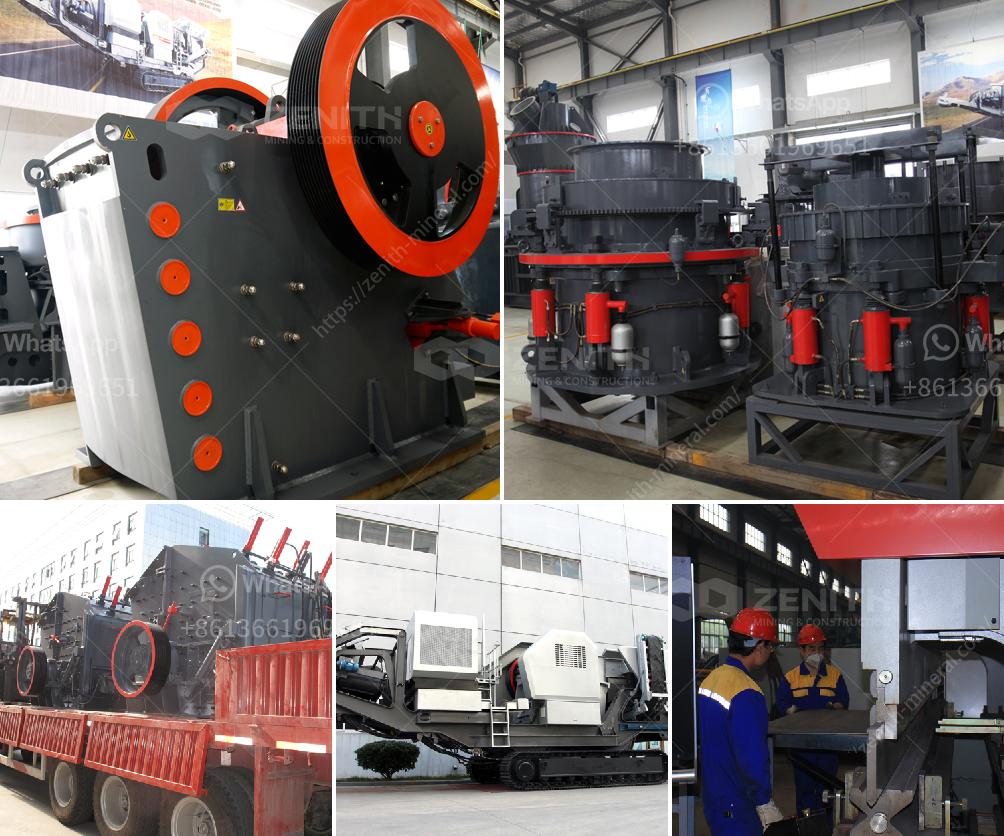An impact crusher is a machine that is used to crush materials by utilizing the energy generated from impact. It is widely used in various industries, including mining, construction, and recycling, due to its ability to produce a high-quality, uniform product. Here’s a detailed explanation of how an impact crusher works:
Feeding the Material: The material to be crushed is fed into the crusher through a hopper. This material can be anything from rocks and ores to construction debris.
Impact Mechanism: Inside the crusher, there is a rotor that is equipped with blow bars. The rotor is driven by a motor, causing it to spin at high speeds. As the rotor spins, the blow bars strike the material with great force.
Crushing Process: When the material is struck by the blow bars, it is thrown against impact plates (also known as breaker plates) that are positioned around the rotor. The impact plates are typically made of a very hard material to withstand the force of the impact.
Secondary Impact: After the initial impact, the material is further crushed as it rebounds off the impact plates and is struck again by the blow bars. This process continues until the material is broken down to the desired size.
Discharge: Once the material has been sufficiently crushed, it exits the crusher through a discharge opening. The size of the discharge opening can usually be adjusted to control the size of the final product.
Horizontal Shaft Impact (HSI) Crushers: These have a horizontal rotor and are used for primary, secondary, or tertiary crushing. They are known for their high reduction ratios and ability to produce a uniform product.
Vertical Shaft Impact (VSI) Crushers: These have a vertical rotor and are used for producing sand and fine aggregates. They are known for their ability to produce high-quality, cubical-shaped particles.
In summary, an impact crusher works by feeding material into a rotating rotor equipped with blow bars, which strike the material and throw it against impact plates. This process continues until the material is broken down to the desired size and exits through a discharge opening. The design and operation of impact crushers make them suitable for a wide range of applications, from mining and construction to recycling.
